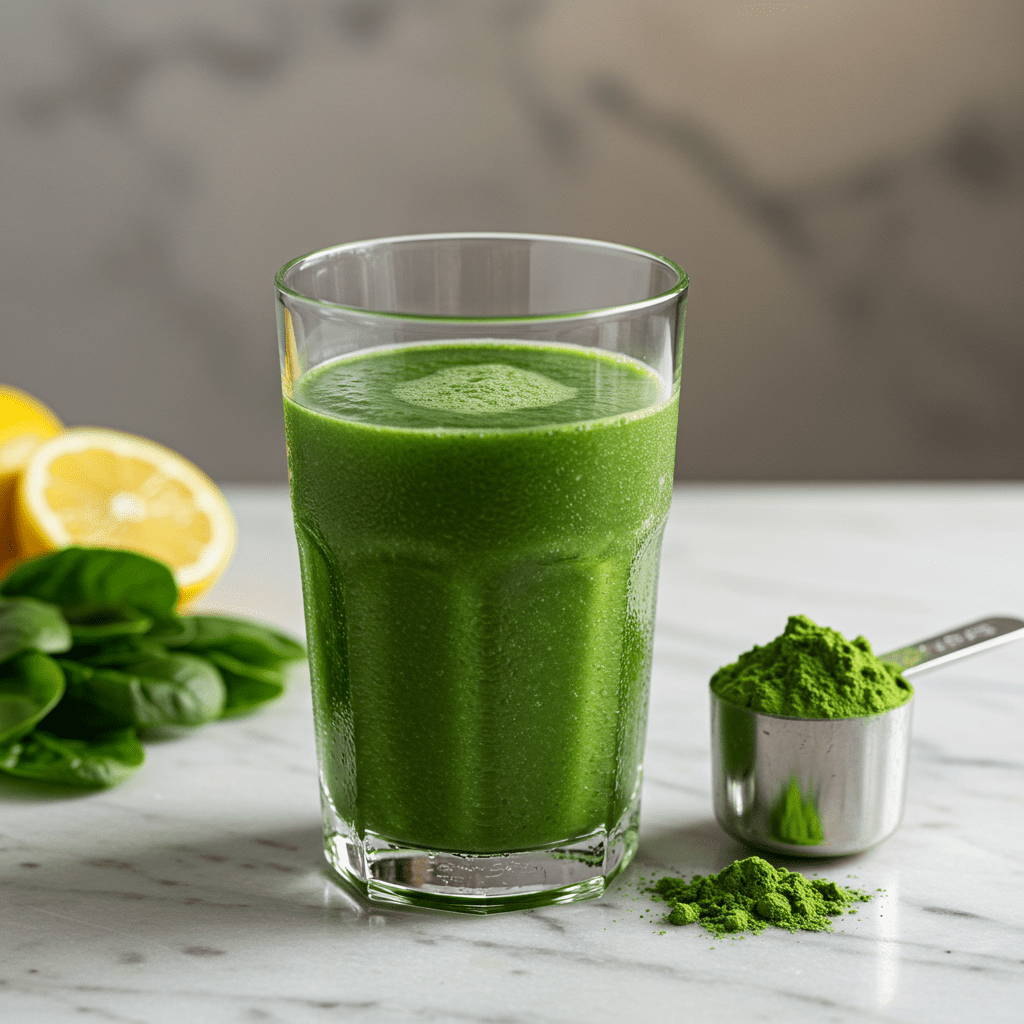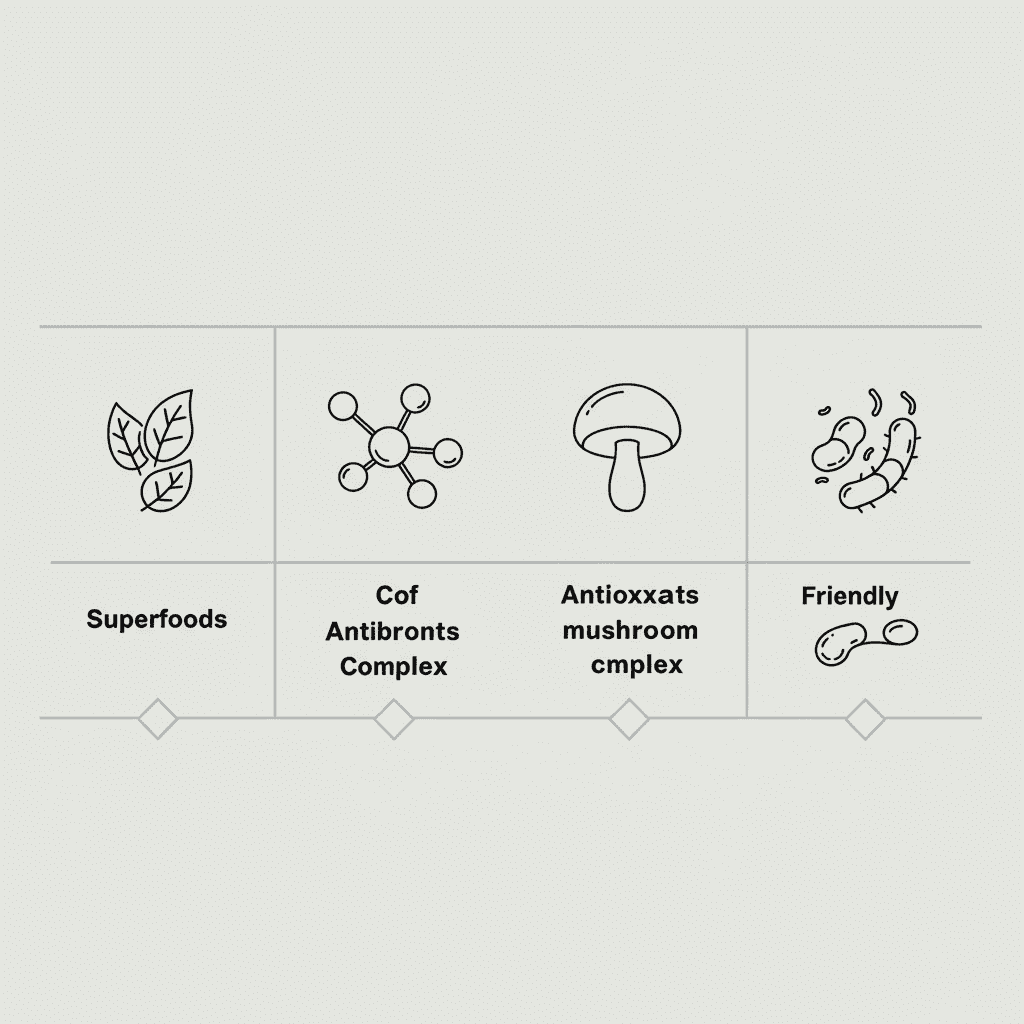A Dietitian’s Honest Take: Is AG1 Actually Worth the Hype?

If you’re active online, you’ve probably been targeted by a slick ad for AG1, formerly known as Athletic Greens.
Influencers and athletes are posting pictures of their morning glass of vibrant green liquid, promising it’s the foundation for better health.
As a Registered Dietitian, my inbox is full of questions from clients asking the same thing: ‘Is AG1 worth the hype, or am I just paying for expensive marketing?
‘ The claims are bold: one scoop to support gut health, immunity, energy, and more.
But humans have achieved health for centuries without a $99/month supplement.
My role is to look past the trends and analyze the science.
Let’s dig into the evidence, break down what’s actually in the powder, and give you an honest, professional opinion on whether AG1 is a sound investment in your health.
What’s Really Inside a Scoop of AG1?

AG1’s biggest selling point is its 75+ ingredient list, which sounds impressive.
These are organized into four main ‘proprietary blends.
‘ However, from a clinical standpoint, this is also its biggest weakness.
A proprietary blend lists ingredients by weight but doesn’t disclose the exact amount of each one.
This makes it impossible to know if you’re getting a therapeutic dose.
For instance, research suggests an effective dose of Ashwagandha for stress reduction is typically 300-600 mg daily.
Does AG1 contain this much?
We simply don’t know.
Here’s a breakdown of what the label tells us: – Alkaline, Nutrient-Dense Raw Superfood Complex (7,388 mg): This is the largest part of the blend, containing ingredients like spirulina, wheatgrass, chlorella, and broccoli flower powder.
These foods are rich in micronutrients and antioxidants, but spreading just 7 grams across dozens of ingredients means you’re getting a very small amount of each.
– Nutrient-Dense Extracts, Herbs & Antioxidants (2,732 mg): This blend includes adaptogens like ashwagandha and rhodiola, alongside antioxidants from green tea extract and milk thistle.
These ingredients have promising research behind them, but their effectiveness is highly dose-dependent.
– Digestive Enzyme & Super Mushroom Complex (154 mg): This contains digestive enzymes like bromelain (from pineapple) and adaptogenic mushrooms like Reishi and Shiitake.
The total weight is very small, raising questions about its impact.
– Dairy-Free Probiotics (7.
2 billion CFUs): AG1 contains Lactobacillus acidophilus and Bifidobacterium bifidum.
This is a respectable CFU count, similar to many probiotic supplements.
According to a 2017 review in the American Family Physician, effective probiotic doses typically range from 5 to 10 billion CFUs for children and 10 to 20 billion CFUs for adults.
So, while beneficial, it may be on the lower end for adults.
Can It Actually Replace Your Multivitamin?

A common question I get is whether AG1 can take the place of a daily multivitamin.
The company itself advises you to stop taking most other supplements.
While AG1 does contain a wide spectrum of vitamins and minerals, it’s not the same as a targeted multivitamin.
A multivitamin is formulated to provide a specific percentage of the Daily Value (DV) for essential nutrients.
For example, if you have iron-deficiency anemia, your doctor will recommend a specific dose of iron.
A greens powder offers a broad, unfocused array of nutrients from whole food sources.
This means the bioavailability—how much your body can actually absorb and use—can vary.
Furthermore, there’s the issue of ‘competing nutrients’ and upper limits.
Certain minerals, like zinc and copper, compete for absorption in the body.
More importantly, fat-soluble vitamins like Vitamin A and E can build up in your system, and excessive amounts can be toxic.
The National Institutes of Health (NIH) sets Tolerable Upper Intake Levels (ULs) for this very reason.
While AG1’s levels are likely safe for the average person, stacking it with other fortified foods or supplements without medical guidance could be problematic.
In short, AG1 is a nutritional multi-tool; a multivitamin is a specific instrument for a specific job.
Gut Health, Immunity, Energy: Do the Claims Hold Up?

AG1’s marketing focuses on three core benefits: gut health, immunity, and energy.
Let’s look at these claims through a scientific lens.
Gut Health: The inclusion of 7.
2 billion CFUs of probiotics and prebiotics (like inulin) is a positive step for gut health.
Probiotics can help balance the gut microbiome, and prebiotics provide the fuel for these good bacteria.
Many users report improved digestion, and this is the most plausible benefit.
However, you can also get these from much cheaper sources like yogurt, kefir, and high-fiber foods.
Immune Support: AG1 is packed with immune-supportive nutrients like Vitamin C, Zinc, and Selenium.
It also contains mushroom extracts and astragalus, which have been studied for their immune-modulating properties.
As a supporting pillar for a healthy immune system, it has merit.
But as the Harvard T.H. Chan School of Public Health notes, no single supplement can prevent illness; overall diet and lifestyle are far more critical.
Boosts Energy: This is the most subjective claim.
The ‘energy’ boost is likely not from calories but from B-vitamins, which play a key role in energy metabolism, and adaptogens like Rhodiola, which may help the body manage stress.
However, a powerful placebo effect is also likely at play.
Starting your day with an expensive, nutrient-dense drink creates a psychological expectation of feeling good and may motivate you to make other healthy choices, leading to a perceived energy boost.
What Are the Pros and Cons to Consider?

From my professional viewpoint, the biggest ‘con’ is the cost-to-benefit ratio.
At around $99 for a 30-day supply, AG1 is a significant financial commitment.
For that price, you could purchase a large amount of high-quality, nutrient-dense whole foods like fresh vegetables, fruits, and lean proteins that would offer far more comprehensive nutritional benefits, including fiber for satiety.
Other considerations include: – Taste and Texture: This is highly personal.
Many describe the taste as a mix of pineapple and vanilla with an earthy, grassy undertone and a slightly gritty texture.
While some enjoy it, others find it needs to be masked in a smoothie or juice.
– Potential for Digestive Upset: For individuals not used to prebiotics or probiotics, starting AG1 can sometimes lead to temporary gas, bloating, or digestive changes as your gut adapts.
– Medication Interactions: This is a critical safety point.
AG1 contains Vitamin K, which can interfere with blood-thinning medications like Warfarin.
Anyone on prescription medication should consult their doctor before taking AG1 or any new supplement.
– Third-Party Testing (A Major Pro): On the positive side, AG1 is NSF Certified for Sport.
This is a huge plus.
It means every batch is tested to ensure it’s free from over 280 banned substances and that what’s on the label is what’s in the pouch.
For athletes, this is a non-negotiable feature that sets AG1 apart from many unregulated competitors.
Conclusion
So, what’s my final take as a dietitian?
AG1 by Athletic Greens is a high-quality, third-party tested product that packs a wide array of nutrients into a single scoop.
For certain individuals—like frequent travelers, high-performance athletes, or those with a significant budget who struggle with vegetable intake—it can serve as a convenient nutritional insurance policy.
However, it is not a magic bullet, nor is it a replacement for a healthy diet.
The ‘proprietary blend’ model means we can’t confirm you’re getting clinically effective doses of ingredients like ashwagandha or milk thistle.
For the vast majority of people, focusing on a ‘food-first’ approach is far more sustainable and cost-effective.
Eating a variety of fruits, vegetables, lean proteins, and whole grains provides the fiber, phytonutrients, and satisfaction that no powder can truly replicate.
Before you invest, have an honest look at your plate.
Could the $99 per month be better spent on high-quality groceries or a consultation with a dietitian to address your specific needs?
For most, the answer is likely yes.
